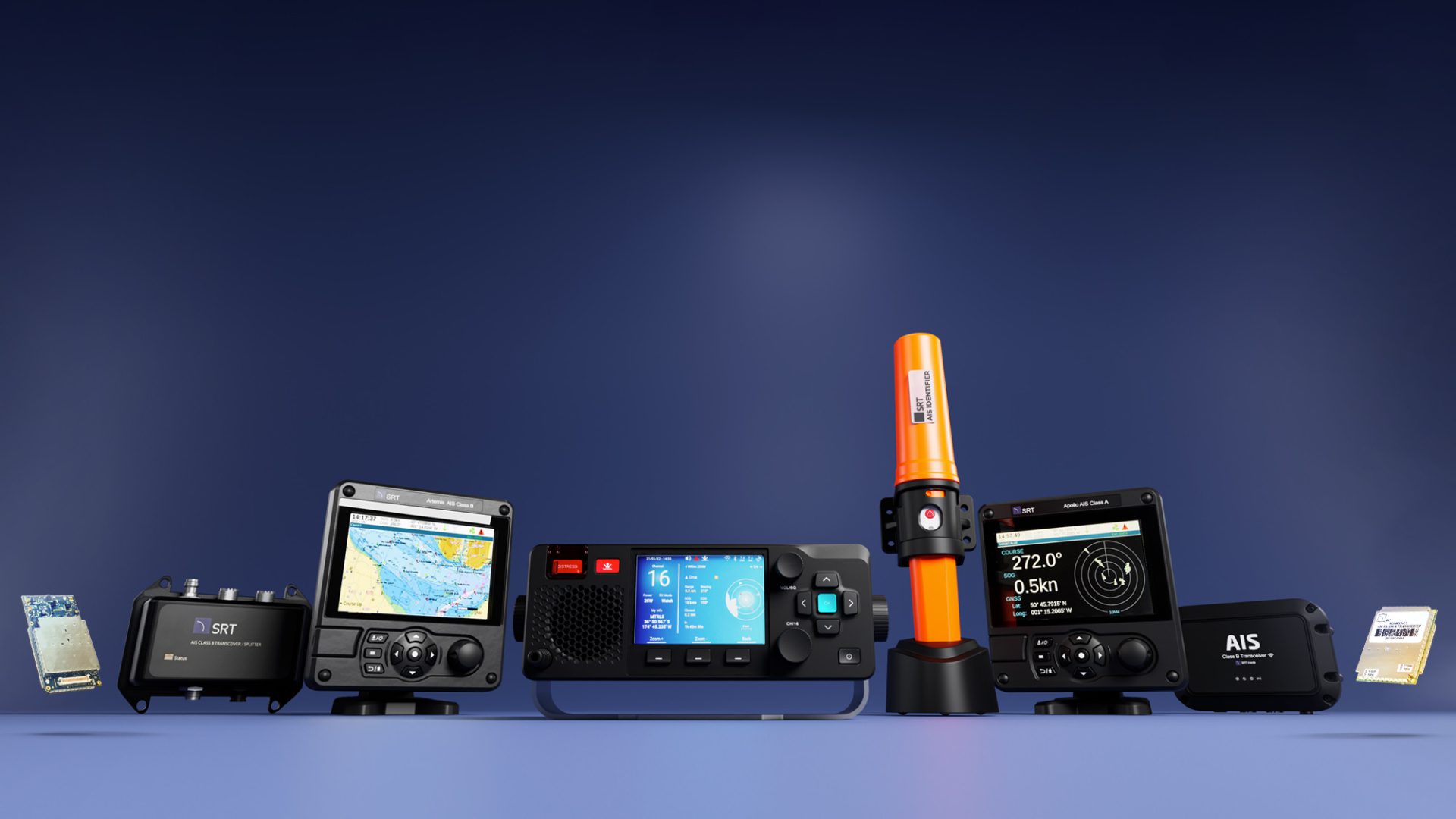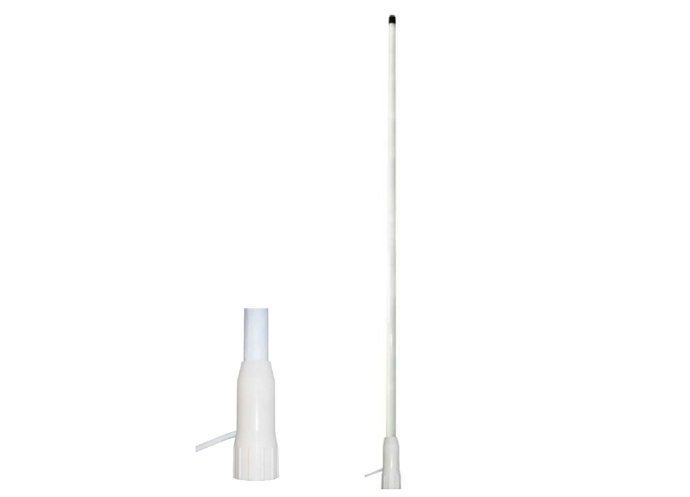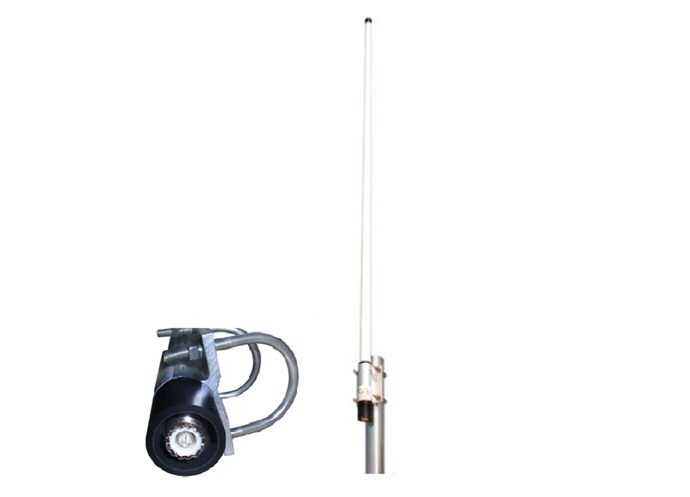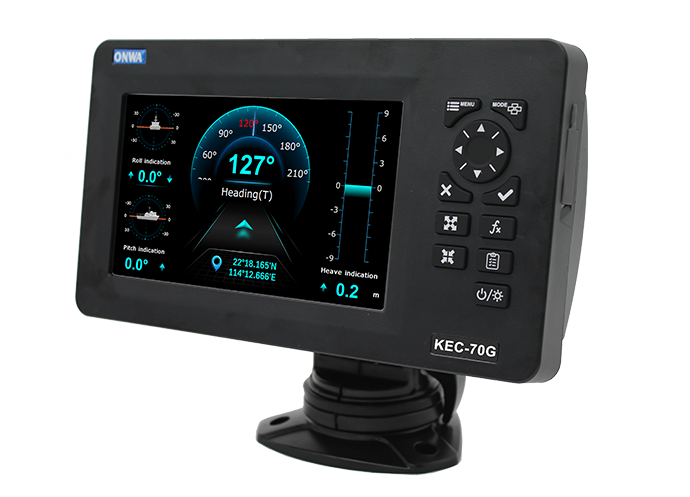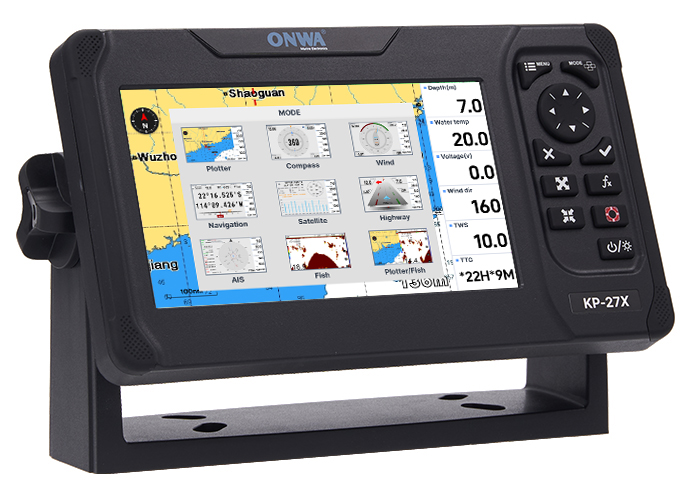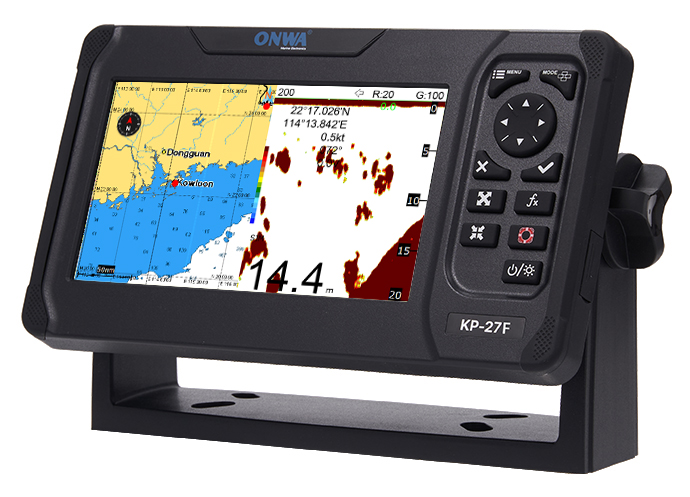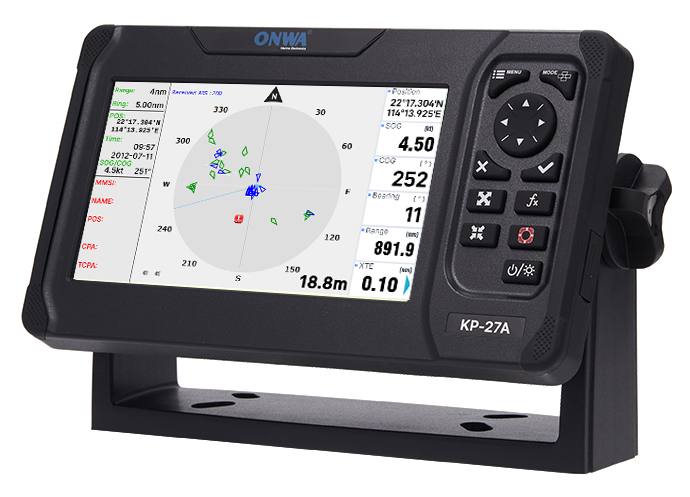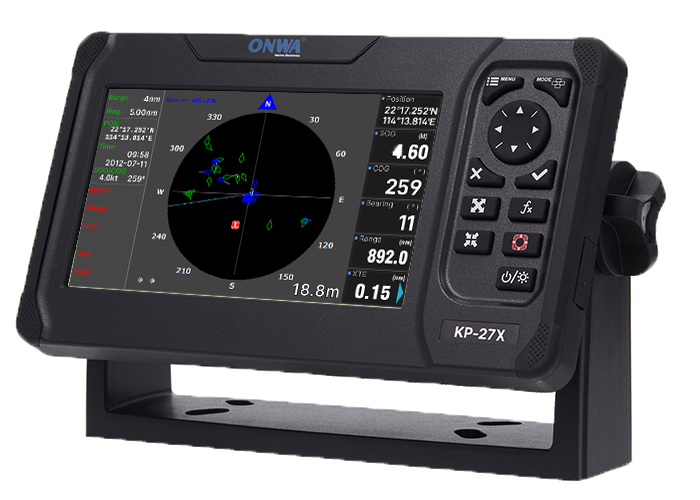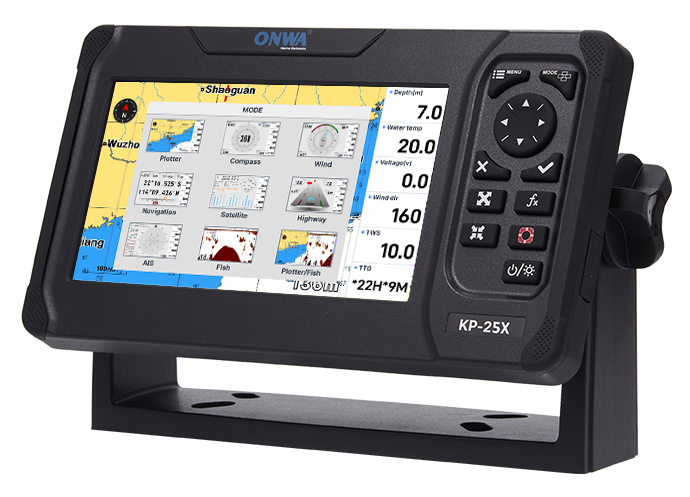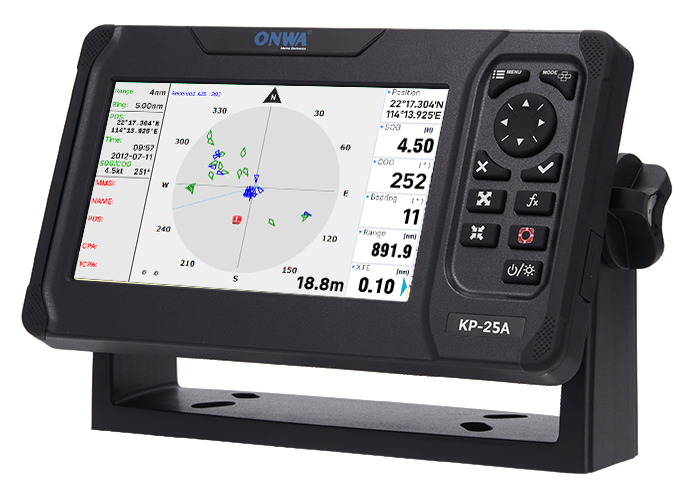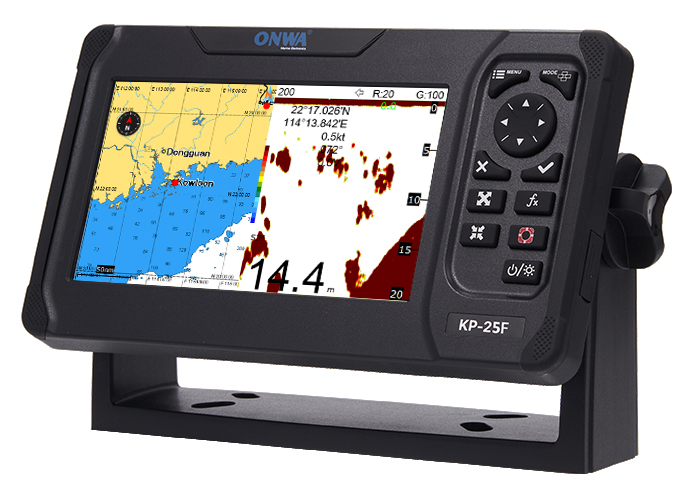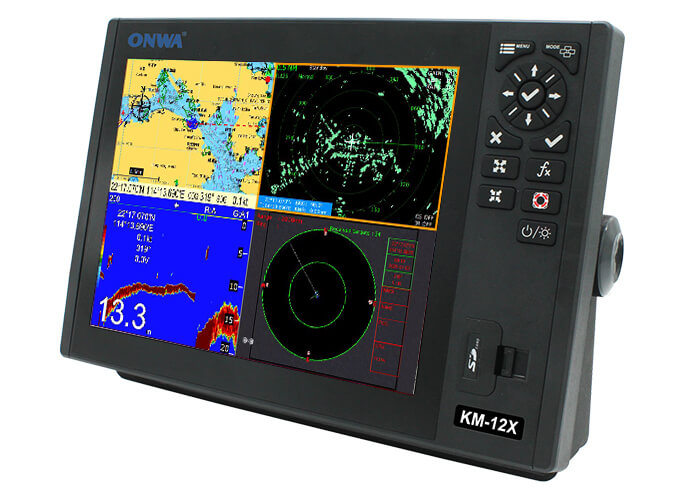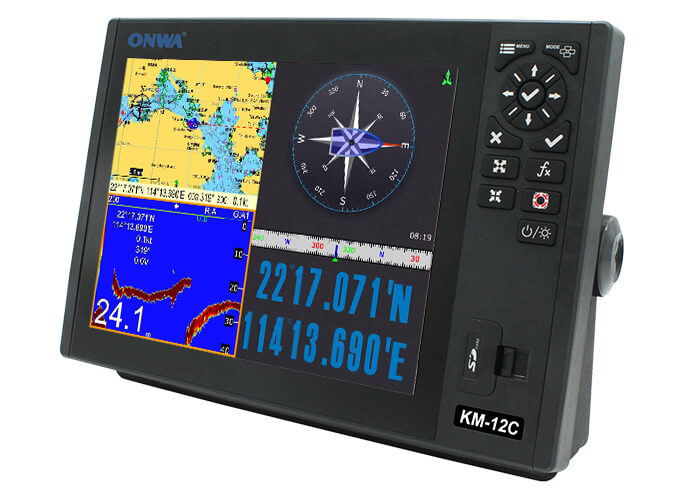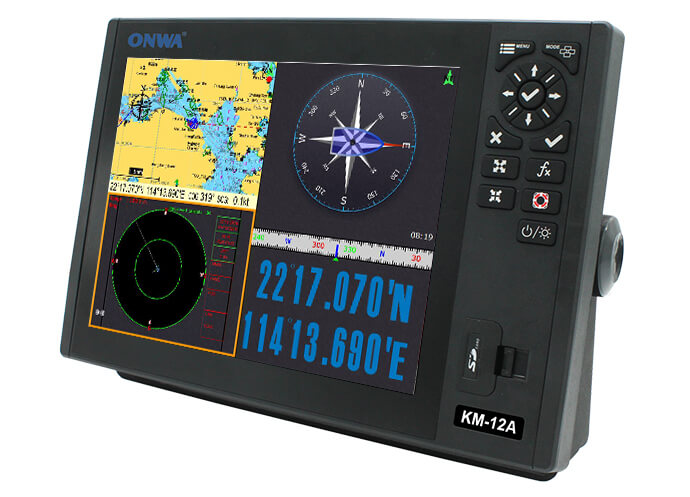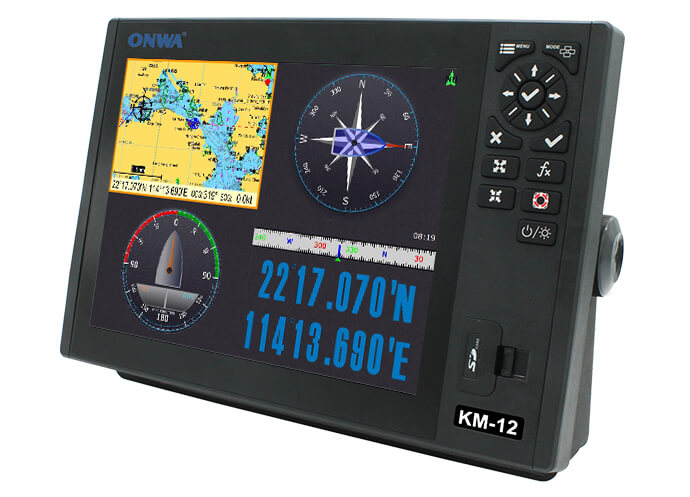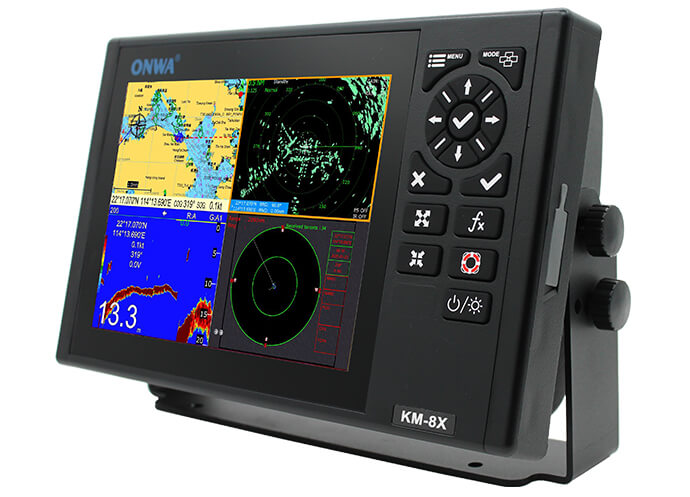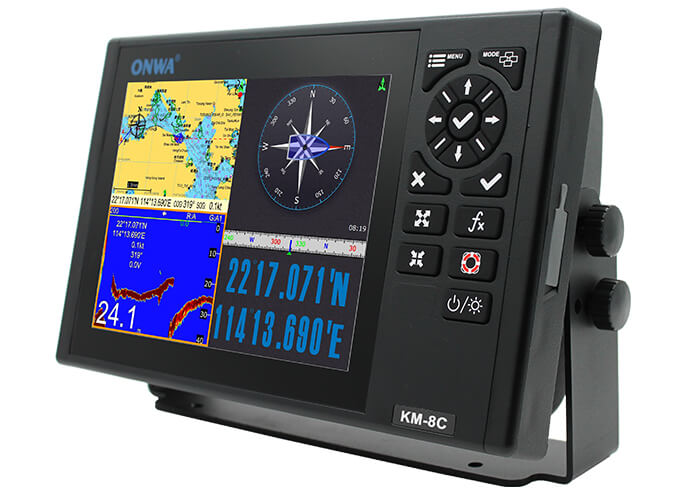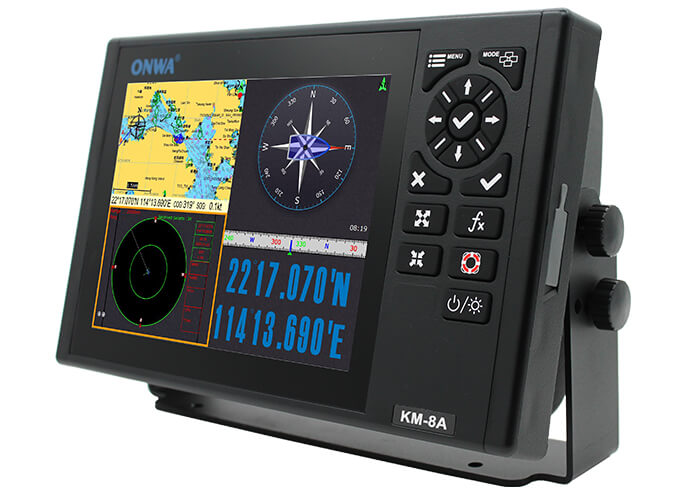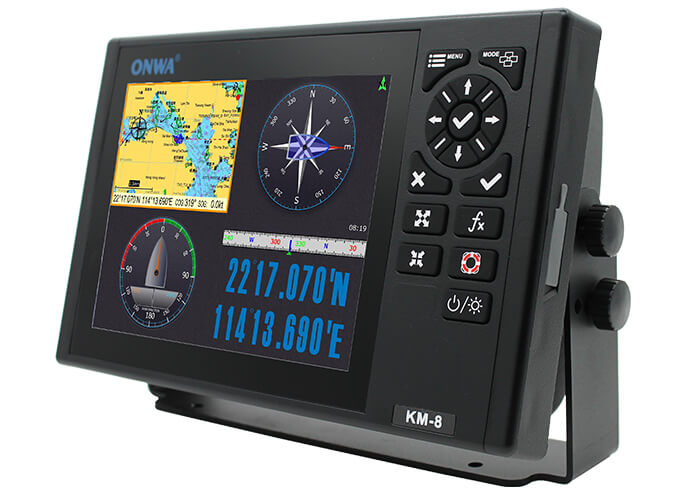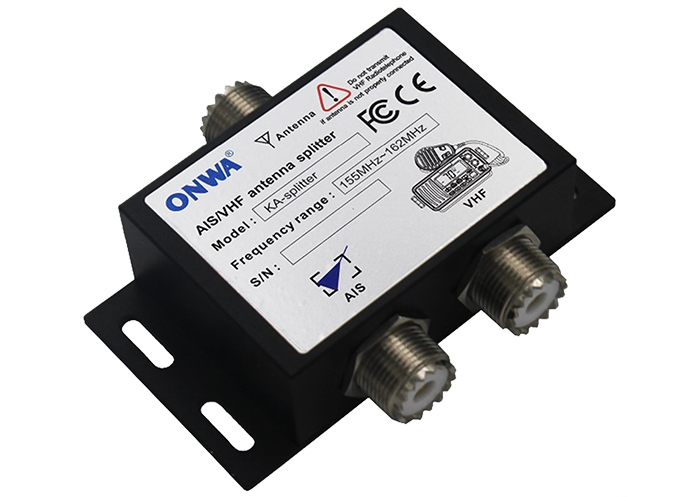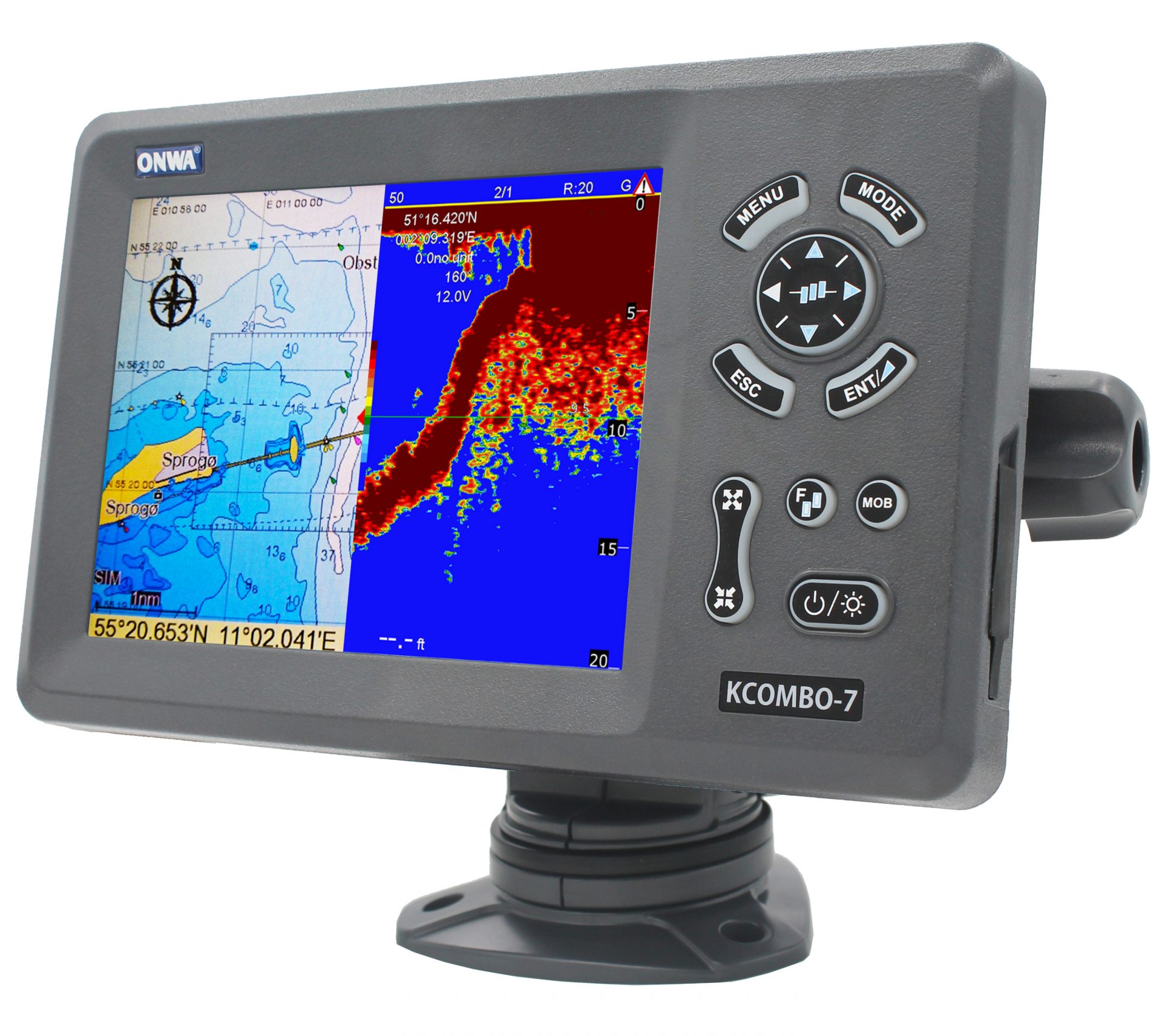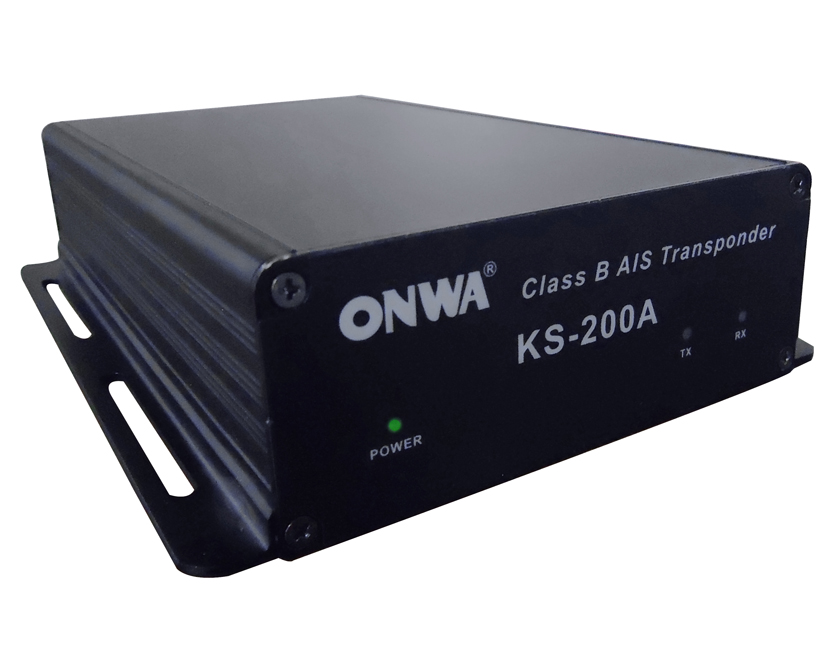What are Marine AIS Products?
Marine AIS products are sophisticated transceivers installed on vessels that automatically exchange data with nearby ships and AIS base stations. The core function of marine AIS products is to enhance situational awareness and navigational safety by broadcasting vital information such as vessel identity, position, speed, and course. This automated broadcast happens over dedicated VHF frequencies, ensuring real-time data exchange to avoid collisions and facilitate efficient maritime traffic management.Distinction Between Different AIS Categories
Marine AIS products are broadly categorized into Class A, Class B, and AIS Receivers:- Class A AIS is designed primarily for commercial vessels. It has a higher broadcast frequency and a more significant data transmission capacity, making it compulsory for all large ships under the regulations of the International Maritime Organization (IMO).
- Class B AIS is tailored for less busy vessels like leisure craft and small fishing boats. It transmits data less frequently than Class A AIS, offering a cost-effective solution without compromising the safety benefits of AIS technology.
- AIS Receivers do not transmit data but can receive and process information from other AIS-equipped vessels. This category suits those wishing to enhance their situational awareness without broadcasting their position, such as kayaks and small boats in busy waterways.
Importance of Marine AIS Systems
The advent of AIS technology marks a significant leap in maritime safety, primarily through the prevention of vessel collisions. By having access to real-time data about the surrounding marine traffic, captains can make informed decisions, thereby enhancing their navigational decisions under numerous conditions. Furthermore, marine AIS products aid in search and rescue operations, ensuring a quicker response in case of emergencies. Their ability to integrate with other navigational tools, such as radar and GPS systems, forms a comprehensive safety net for maritime operations, making them an indispensable asset in the global maritime industry. Understanding the functionalities, categories, and importance of marine AIS products is essential for anyone involved in maritime activities. From improving navigational safety to aiding in emergency responses, marine AIS products play a crucial role in modern maritime operations, making the seas safer for everyone.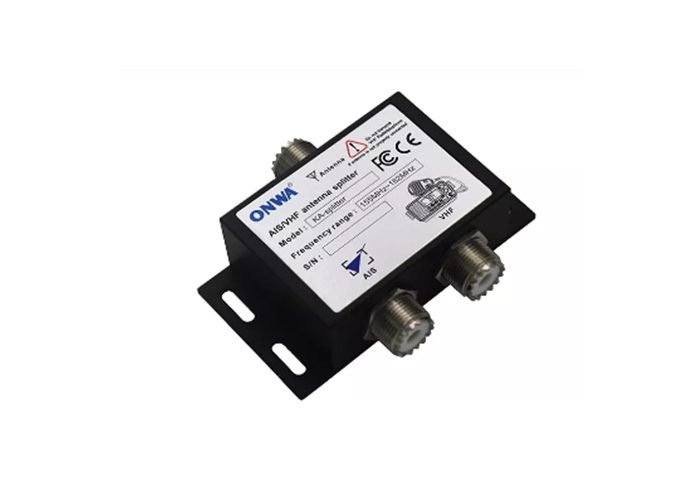
A Comprehensive Marine AIS Products List
The realm of maritime safety and navigational aids has significantly benefitted from the advent and evolution of marine AIS products. This diverse range of devices, encompassing everything from economical options to sophisticated high-end transponders, serves a crucial role in enhancing safety, efficiency, and communication on the water.Overview of Marine AIS Products
Marine AIS products stand as pivotal tools in the maritime domain, designed to automatically exchange essential information such as location, speed, and course between vessels and shore-based stations. This technology not only aids in collision avoidance but also plays a significant role in traffic management and search and rescue operations. The spectrum of marine AIS products ranges from basic receivers to advanced Class A and Class B transponders, each tailored to meet specific requirements of mariners and vessels of various sizes and types.Economic Options
For mariners seeking budget-friendly solutions without compromising on safety, the market offers a variety of economic marine AIS receivers and Class B transponders. These devices are particularly suited for smaller vessels, recreational boaters, and those navigating less congested waters. Despite their lower price point, these units provide substantial benefits, including improved situational awareness and the ability to detect and be detected by nearby AIS-equipped vessels.High-End Transponders
On the opposite end of the spectrum, high-end marine AIS transponders cater to the demands of commercial shipping, large vessels, and those navigating through busy shipping lanes. These Class A devices are mandated by international maritime regulations for a significant portion of the commercial fleet, offering a higher power output, more frequent broadcasting capabilities, and a broader range of functionalities. Enhanced features may include integrated display screens, sophisticated data processing, and compatibility with various navigational systems, offering a comprehensive solution for advanced maritime operations.The Importance of Choice
When considering marine AIS products, the key is to assess the specific needs of the vessel and its typical operating conditions. Factors such as vessel size, navigational areas, and budget constraints play crucial roles in determining the most suitable AIS solution. Whether opting for an economical receiver or investing in a high-end transponder, the primary objective remains the same: enhancing navigational safety and efficiency on the water. The comprehensive list of marine AIS products offers a range of solutions designed to meet the diverse needs of the maritime community. From economically viable options to advanced transponders, the right AIS equipment plays an indispensable role in navigating the complexities of modern seafaring, ensuring that vessels remain safe, efficient, and compliant with global maritime regulations.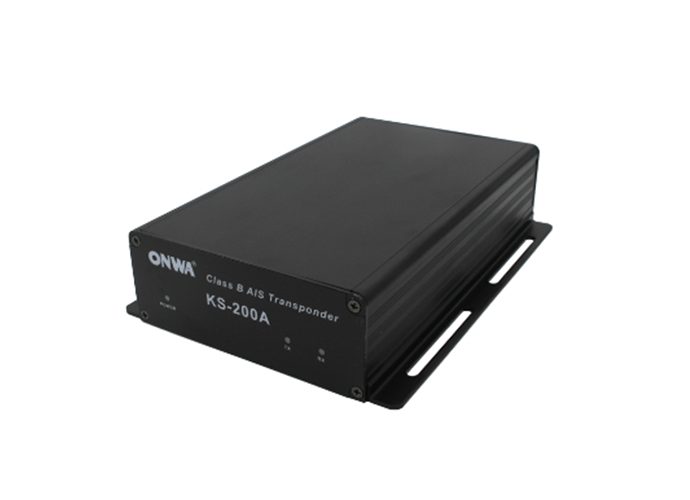
Spotlight on Marine AIS Products
The world of maritime navigation is complex and filled with numerous devices designed to ensure safety and efficiency on the waters. Central to this technological arsenal are marine AIS products, which have become indispensable tools for vessels of all sizes. These devices, ranging from AIS transponders to receivers, play a pivotal role in enhancing maritime safety through real-time tracking of vessel movements.Spotlight on AIS Transponders
AIS Transponders are at the heart of maritime safety, serving as crucial devices that transmit and receive ship information to and from other vessels and shore-based stations. This exchange includes vital data such as vessel identity, position, speed, and course, among other navigational statistics.Affordable and High-End Options
When it comes to AIS Transponders, there is a wide spectrum of options available to suit various budgets and requirements. Affordable models offer basic functionalities ideal for smaller vessels that do not require extensive features but still benefit from enhanced safety measures. On the other end, high-end models provide additional capabilities such as integrated display screens, higher transmission power for extended range, and sophisticated networking features for seamless integration with other onboard systems.Spotlight on AIS Receivers
While AIS Transponders handle both transmission and reception of data, AIS Receivers are designed solely to receive real-time data about nearby vessels. This distinction is crucial for understanding the role of AIS Receivers in enhancing maritime safety.Advantages of AIS Receivers
The primary advantage of AIS Receivers is their capacity to offer enhanced situational awareness without the need for the vessel to transmit its own data. This feature is particularly beneficial for smaller or recreational vessels that wish to maintain privacy while still monitoring nearby maritime traffic. AIS Receivers are also generally more affordable than transponders, making them an accessible safety feature for a broader range of mariners.AIS Transponders for Small Boats
Small boats navigate waters teeming with varied vessel traffic, emphasizing the importance of having reliable AIS Transponders onboard. These devices are not just for large commercial vessels; they are critical for enhancing safety for small boats by making them visible to nearby ships and maritime traffic systems.Suitable Models for Small Vessel Use
For small boat owners, selecting the right AIS Transponder involves balancing cost with functionality. Models designed specifically for small vessels often feature lower transmission power, which is suitable for the typical operational range of these boats. Compact designs and ease of integration with existing vessel navigation systems are also critical factors in choosing the right model. Some popular options include entry-level Class B transponders, which provide a good mix of functionality and affordability for personal or small commercial vessels. A detailed understanding of marine AIS products, encompassing both transponders and receivers, is essential for mariners seeking to enhance their navigational safety and efficiency. Whether through affordable or high-end options for transponders or the strategic use of receivers, these devices represent a fundamental component of modern maritime navigation.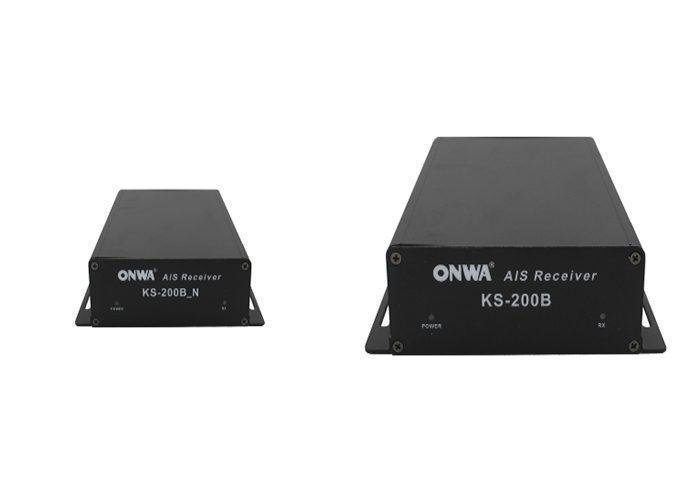
Used Marine AIS Products: Are they worth it?
In the realm of maritime navigation and safety, Automatic Identification Systems (AIS) are pivotal. They help in the tracking and monitoring of ships, thereby enhancing maritime safety. However, the cost of new marine AIS products can be quite steep, leading many to consider the second-hand market. This exploration delves into the virtues and potential pitfalls of purchasing used marine AIS products, providing insights into whether such investments are judicious, and highlighting platforms known for reliable transactions.Pros and Cons of Buying Used Marine AIS Products
| Factors | Advantages of Buying Used Marine AIS Products | Disadvantages of Buying Used Marine AIS Products |
|---|---|---|
| Cost | - Can be acquired at a fraction of the price of new units | - Potential additional costs due to need for repairs, lack of efficiency, or replacement |
| Environmental Impact | - Reduces e-waste by extending the lifecycle of electronic devices | - Older models may lack energy-efficient features compared to newer versions |
| Warranty | - Some used devices might still come with a transferable warranty | - Lack of manufacturer's warranty can be problematic if the device fails |
| Technological Coverage | - Some users may prefer the mechanical and software reliability of earlier models. | - Risk of acquiring outdated technology, missing out on the latest features |
| Condition Uncertainty | - If the item is sourced from a trusted place, it may have been well-maintained, providing a good value buy | - The condition and operational integrity of used units can be unpredictable |
Trusted Platforms for Purchasing Used Units
For those deciding to proceed with purchasing used marine AIS products, selecting a reputable platform is crucial for mitigating some of the risks associated with second-hand equipment.Online Marketplaces
Platforms such as eBay and Craigslist can offer a wide range of used marine AIS products. Buyers should look for sellers with high ratings and read through the product descriptions and reviews carefully. Some sellers might offer a personal warranty or return policy, providing an added layer of security.Specialized Marine Equipment Sellers
There are online stores and forums dedicated to marine equipment that often have sections for used or refurbished items. These platforms tend to have more knowledgeable sellers and buyers, a focused product range, and a better understanding of the equipment's condition and value. Sites like TheBoatOnlineStore and SecondWave are examples where buyers can find specialized marine equipment, including AIS products. While the allure of cost savings can make used marine AIS products an enticing option, potential buyers must weigh this against the possible pitfalls of outdated technology, the absence of warranties, and the uncertainty regarding the product's condition. By choosing trusted platforms and exercising due diligence, mariners can make informed decisions that best meet their navigational needs and budget constraints.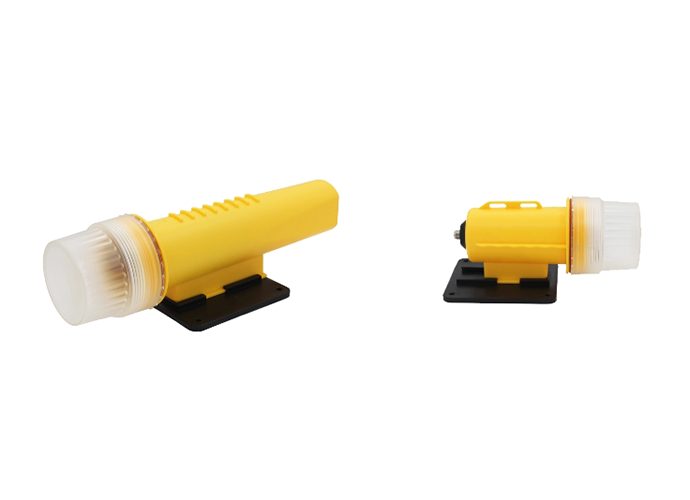
Marine AIS Products: Pros and Cons
Navigating the vast and complex seas requires not just skill but also the support of advanced technology. Among these critical technological tools are marine AIS products, designed to enhance safety and communication on the water. A specific category within this broad array of equipment is AIS transmitter-only units. These devices, while offering certain advantages, also come with their own set of limitations. Delve into the pros and cons of these specialized marine AIS products to understand their role and suitability for different maritime needs.AIS Transmitter-Only Units: Weighing the Benefits Against the Drawbacks
AIS transmitter-only units are designed to broadcast the position, speed, and other relevant navigational data of a vessel to nearby ships and maritime traffic monitoring systems. However, unlike their full-feature counterparts that can both send and receive data, these units are limited to transmission only.Advantages
- Enhanced Visibility: The primary advantage offered by these marine AIS products is increased visibility to other vessels in the vicinity, significantly reducing the risk of collisions in busy sea lanes.
- Cost-Effective: For shipowners on a budget, transmitter-only units provide a more affordable entry point into the world of AIS. They offer the essential safety benefits of AIS technology without the higher cost associated with full-feature transceivers.
- Simplicity and Ease of Use: With fewer features to manage, transmitter-only units are generally simpler to install and operate. This makes them ideal for smaller vessels or those new to AIS technology.
Limitations
- Lack of Reciprocal Information: The most significant limitation of transmitter-only units is that they do not allow the user to receive AIS data from other vessels. This means that while other ships can see you, you won't be able to automatically see them through the AIS unit, potentially limiting situational awareness.
- Compliance Issues: In certain jurisdictions or for certain vessel classes, having a full AIS system (both transmitting and receiving) may be a regulatory requirement. In these cases, opting for a transmitter-only unit might not be legally sufficient.
- Limitation for Navigational Planning: The inability to receive AIS signals from other vessels means users miss out on valuable information that could aid in navigational decision-making. This includes real-time data on the movements, heading, and speed of nearby ships, which can be critical in congested or challenging navigational areas.
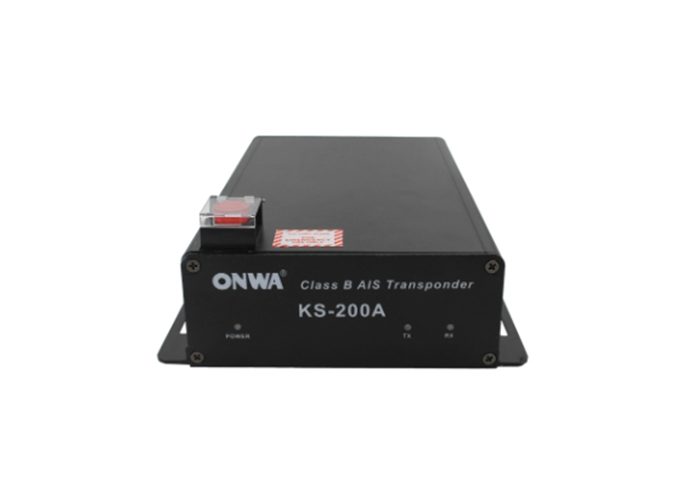
>>Click here view more
